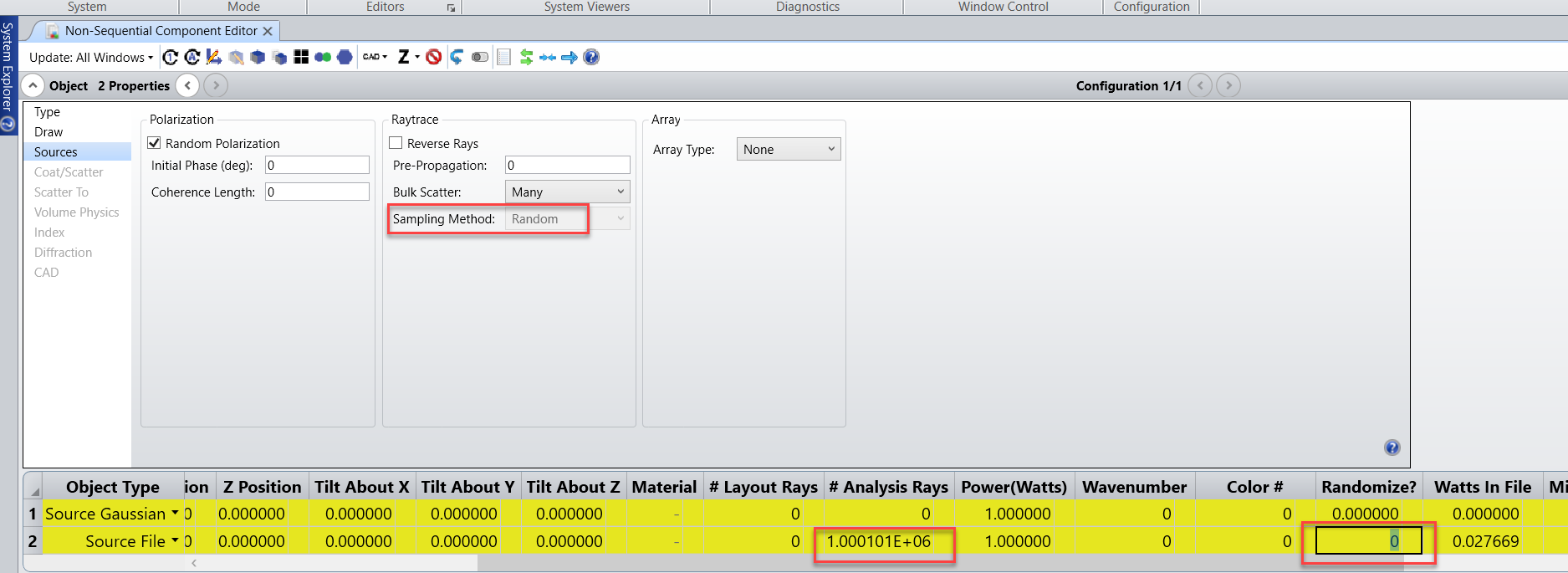Hello,
I understand that irradiance in NSC simulation result and in the real world has a gap because real world has infinite number of rays and simulation uses limited number of rays.
So, I usually use maximum number for smoothing to make the gap small.
But I also think that smoothing(averaging) could lose accuracy.
Hence, I think I need to balance out between “smoothing” and accuracy of result, based on number of rays in a detector.
If the detector has enough number of rays, smoothing may not be necessary.
For instance, every pixels in a detector has a ray, smoothing may not be necessary to get the result for the smallest gap to the real world.
Understanding those, I am wondering if there is a criteria or a guidance for getting an optimum number of smoothing.
Does anybody know that?
Regards
Kazu






